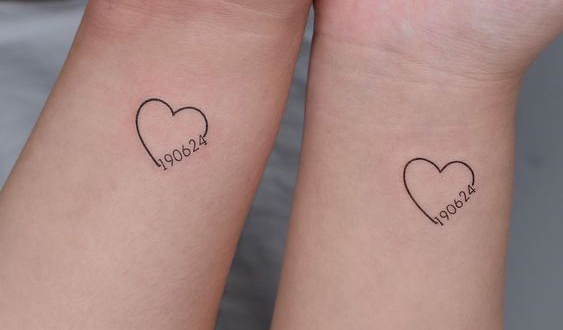

We’re interested in the solution.”Ī spokesperson for the Cleveland Division of Police said the department was “currently implementing a process” for reporting in the future, and “seeking guidance from the Attorney General’s Office as to submitting data for years past.” “It sounds like not everyone’s on the same page – that there’s an issue. He was unaware that the Cleveland Police Department hadn’t submitted data since 2016, and said there might be a misunderstanding among police and sheriff’s departments about the reporting metrics.

“The fact that there’s underreporting or other inconsistencies like that doesn’t surprise me,” said Steven Irwin, press secretary for Ohio Attorney General Dave Yost. Some departments, such as Cleveland, haven’t reported at all for years. However, interviews with domestic violence advocates and police officers in Cincinnati and Columbus indicated that the reporting standards for this data are not consistent across departments. In theory, then, this dataset should provide a comparative look at how often officers in a given jurisdiction respond to domestic violence and dispute cases without taking any action. The attorney general’s office then compiles and releases this data publicly as “ Domestic Violence Reports.”Īmong other things, departments must submit the number of domestic disputes and domestic violence incidents reported to their agency in a given year, and note the action taken by the law enforcement officers who handled the problems - whether domestic violence charges or protection orders were filed, whether other charges were filed, or whether no charges were filed at all.

Since 2010, Ohio has mandated that every sheriff’s office and police department submit annual data on domestic violence to the state attorney general. Unfortunately, Ohio has no way of tracking how often cases like Deborah’s happen, though there is a dataset that should do the job. Calls for service came from 111 places at least ten times in 2019. Police had calls from one address 30 times, and 55 percent of addresses had at least two calls. He emphasized that Columbus police officers respond to every domestic violence call, even when the complainant calls back and tries to retract the allegations. A spokesperson with the Columbus Division of Police suggested that the missing arrival times likely reflected a technical issue, such as the officers failing to press the arrival button in their squad car. Other times, domestic violence comes in under another label, as in Saenz’s case, which was initially classified as an “illegal gun.”)Īccording to the records, officers posted a time of arrival on the scene in 72% of cases and stayed for a median of 31 minutes in Domestic Violence/Domestic Dispute cases. (Though in some cases, a complaint of a domestic dispute could be, for example, just a loud TV. Through a public records request, Eye on Ohio looked at all 32,305 “Domestic Violence” or “Domestic Dispute” calls for service to the Columbus Police department in 2019. Less than 24 hours later, Deborah Saenz was dead. Deborah and Marcos Solis remained together, alone. They did not run background checks on the parties involved, nor did they locate the guns Deborah described in her 911 call. But when they left her home 20 minutes later, they left alone, having taken no action. Five patrol officers responded to her call. But Deborah has stopped responding.ĭeborah sobs, and then, the line goes dead.ĭeborah Saenz called 911 on the afternoon of July 11, 2019. “The gun’s in his hand?” The dispatcher tries to keep Deborah on the line. The dispatcher wants to know whether Solis has the guns in hand. Then - “There are two guns inside this house.” Her voice is rising now, she’s speaking faster. “He’s inside the house? And he wasn’t inside the house?” Deborah’s voice is tight - she’s stressed, clearly, but not hysterical. “Yes, yes.” His name, Deborah says, is Marcos Solis. First things first - the dispatcher, a woman, takes Deborah’s address. “I need you to come get my husband,” Deborah Saenz says, “because he’s beating me.”ĭeborah, 32, lives in the North Linden neighborhood of Columbus, Ohio. A woman picks up the phone and dials 911. The call is not, at the outset, different from the many others that dispatchers across the United States receive every day.


 0 kommentar(er)
0 kommentar(er)
